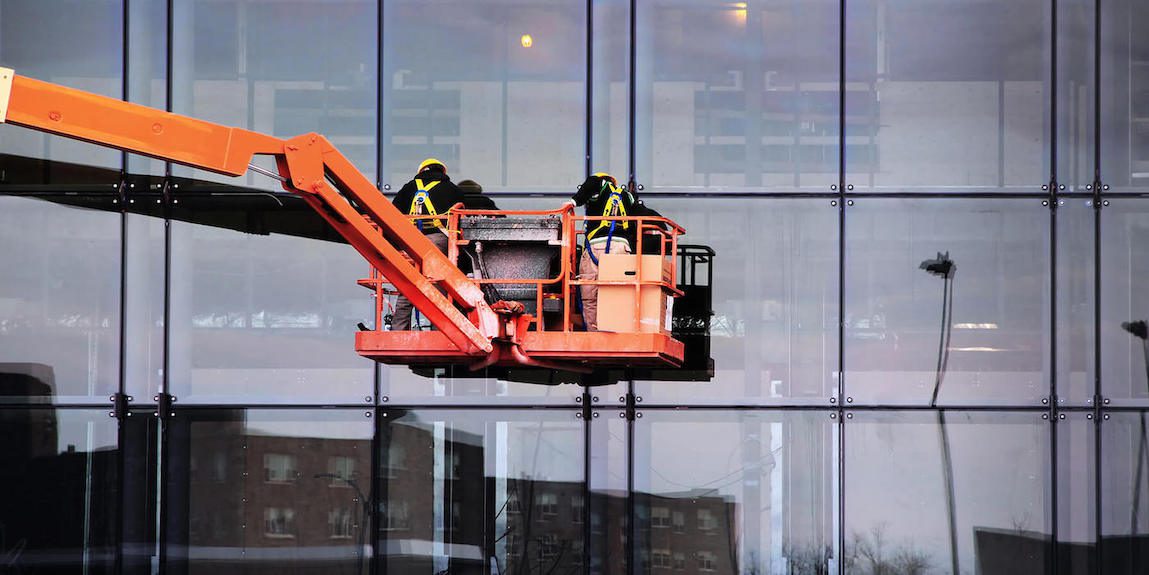

The fact is that workplace accidents are costly. The impact of workplace injuries spreads out from machine operators and their families, to their site colleagues, and the companies that employ them. And while accidents will happen, it everyone’s responsibility to do as much as they can to mitigate them.
It’s a challenge that we believe telematics can help to solve. What’s more, I think the solution could be available quite quickly. Why?
Because the technologies we need to make it happen not only exists – it’s most likely already installed in the machines being used, and it’s almost definitely in the pockets of its operators.
The way forward is to link man and machine. Perhaps more correctly, to connect the users’ smartphone with the intelligence built into aerial platforms. Just for a moment, we need to set aside the perceived role of telematics as a technology to help with locating pieces of equipment, or ensure its efficient operation.
When we ask any machine operator to install an app on his or her smartphone and link it to a piece of equipment, we can start to answer certain questions. These could include information about the environment (is there high wind, are there overhead obstructions), the machine (has it had a visual inspection) and the operator (am I safe to use it?).
So when the operator connects and identifies himself of herself, the system can answer whether they have had the correct training to use the equipment. If they haven’t, it’s possible that instructions could be streamed immediately, together with a questionnaire and tick boxes to confirm it’s been received and understood.
Before the equipment is started, a checklist can be provided via the same app to ensure that service requirements, fluid levels etc., are all correctly met to reduce the chance of an accident caused by mechanical failure. If anything is found needing, these can be automatically reported back to the equipment supplier and a maintenance visit arranged.
The smartphone is an interesting platform for all sorts of innovative safety services: Once the work has commenced, the lift operator could use an automatic connection to the Rental Safety Center to receive highly qualified support and even streamed video to advise on completing complex or difficult tasks without compromising safety.
In worst case scenarios, a smartphone-based Panic Button could broadcast an urgent need for help or rescue to colleagues within, say, a 100 – 150 yards radius. It could even simultaneously inform a Control Center and emergency services of the GPS location of any injured party as the quicker traumas are attended to, the better the prognosis tends to be.
Connecting man and machine is a paradigm shift for the industry. There’s no doubt it will require strong incentives to encourage workers to connect their private smartphones to workplace equipment. However, I’m a believer in the carrot and not the stick. Right now, we’re focused on creating something with an irresistible “pull” for equipment users!
Ne manquez plus aucune information. Nous vous enverrons un e-mail lorsque de nouveaux articles seront publiés sur ce sujet.